Neglected tropical diseases (NTDs) are a group of 20 conditions that thrive in tropical and subtropical regions, disproportionately affecting the world’s poorest and most vulnerable communities. Caused by pathogens like viruses, bacteria, parasites, and fungi, these diseases carry devastating health, social, and economic consequences. Globally, over 1 billion people are affected, with Africa bearing nearly 40% of the burden, according to the World Health Organization (WHO). In Uganda, a country nestled in sub-Saharan Africa, NTDs remain a pressing public health challenge, impacting millions of lives despite significant strides toward their elimination.
What Are Neglected Tropical Diseases?
NTDs are often overshadowed by more high-profile health crises, yet their impact is profound. They include diseases like lymphatic filariasis (commonly known as elephantiasis), schistosomiasis (bilharzia), trachoma, onchocerciasis (river blindness), and soil-transmitted helminth infections (like hookworm). These conditions can lead to severe disabilities, disfigurement, and chronic illness, trapping individuals and communities in poverty. In Uganda, NTDs are widespread, particularly in rural areas where access to healthcare, clean water, and sanitation is limited.
NTDs in Uganda: The Scope of the Problem
More than 40 million Ugandans are at risk of contracting one or more NTDs. The country is endemic for several of these diseases, including:
- Lymphatic filariasis (LF): Spread by mosquitoes, this disease causes severe swelling of the limbs and genitals, leading to disability and social stigma.
- Schistosomiasis: Contracted through contact with freshwater contaminated by parasitic worms, it results in chronic illness, organ damage, and heightened vulnerability to other infections like HIV.
- Trachoma: A bacterial infection that spreads through poor hygiene, trachoma is a leading cause of preventable blindness.
- Onchocerciasis: Known as river blindness, this disease is transmitted by blackflies and causes vision loss and severe skin conditions.
- Soil-transmitted helminths: Parasitic worms like hookworm, roundworm, and whipworm, spread through contaminated soil, stunt growth and cause malnutrition in children.
Other NTDs, such as visceral leishmaniasis (kala-azar) and human African trypanosomiasis (sleeping sickness), also affect Uganda, though to a lesser extent. In 2019, 15.45 million people received treatment for NTDs, yet 9.19 million did not, underscoring the scale of the challenge.
The Impact of NTDs on Uganda
The effects of NTDs ripple far beyond physical health. They disrupt lives and livelihoods, deepening poverty and inequality:
- Health consequences: Schistosomiasis causes fatigue and abdominal pain, while lymphatic filariasis leads to disfigurement. Trachoma and onchocerciasis rob people of their sight, stripping away independence.
- Social toll: Visible symptoms, like the swollen limbs of LF, often lead to isolation and stigma, making it hard for affected individuals to marry or work.
- Economic burden: Children miss school, adults lose productivity, and families struggle to break free from poverty’s grip.
NTDs disproportionately strike Uganda’s most marginalized—rural communities, women, and children—widening health inequities in a country where healthcare access remains uneven.
Progress Made: A Glimmer of Hope
Uganda has emerged as a leader in the fight against NTDs, achieving milestones that offer hope:
- Guinea worm elimination: Once a widespread problem, this disease has been eradicated in Uganda through concerted efforts.
- Onchocerciasis gains: Transmission of river blindness has been interrupted in 31 of 43 endemic districts, a major step toward elimination.
- Mass drug administration (MDA): Millions have received preventive treatments, reducing the prevalence of diseases like LF and schistosomiasis.
- National sustainability plan: Launched in 2021, this plan outlines Uganda’s roadmap to maintain progress and eliminate key NTDs by 2025.
With support from partners like USAID and WHO, Uganda is on track to eliminate lymphatic filariasis and trachoma by 2025—a testament to what’s possible with determination and collaboration.
Current Challenges: Barriers to Elimination
Despite these successes, the road ahead is fraught with obstacles:
- Funding shortages: NTD programs rely heavily on external donors, with insufficient domestic investment to sustain efforts.
- Limited integration: NTD initiatives are not fully embedded in Uganda’s mainstream health system, hindering access in remote areas.
- COVID-19 setbacks: The pandemic disrupted treatment campaigns, diverting resources and delaying progress.
- Data gaps: The burden of some NTDs, like mycetoma, is underestimated due to poor surveillance, complicating resource allocation.
- Inequities: Refugees, nomadic groups, and other vulnerable populations are often excluded from interventions.
Stigma and misinformation also persist. For instance, some communities misattribute schistosomiasis symptoms to sexually transmitted infections, deterring people from seeking help.
Efforts and Strategies for the Future
Uganda is tackling these challenges with a multi-pronged approach:
- Community engagement: Local leaders and health workers are raising awareness and encouraging treatment uptake.
- Expanded MDA: Campaigns are reaching more people, including underserved groups like refugees.
- Better data: Improved surveillance is helping map the true extent of NTDs.
- Health system integration: Efforts are underway to weave NTD programs into broader healthcare services.
- Partnerships: Support from USAID’s Act to End NTDs | East program and WHO’s ESPEN initiative remains vital.
A Call to Action: The Path to Elimination
Uganda stands at a pivotal moment. The global goal of eliminating NTDs by 2030 is within reach, but it demands action:
- More funding: The government must boost domestic investment in NTD programs.
- Education: Communities need clear, stigma-free information about these diseases and their prevention.
- Global support: International partners must continue providing resources and expertise.
Eliminating these diseases is essential for improving public health, promoting education, reducing health disparities, and advancing equity. Every step forward counts.
NTDs may be “neglected” in name, but their impact on Uganda is impossible to ignore. By spotlighting this issue and supporting GRONET and Uganda’s efforts, we can help build a future where no one is held back by preventable disease. The fight continues—will you join it?

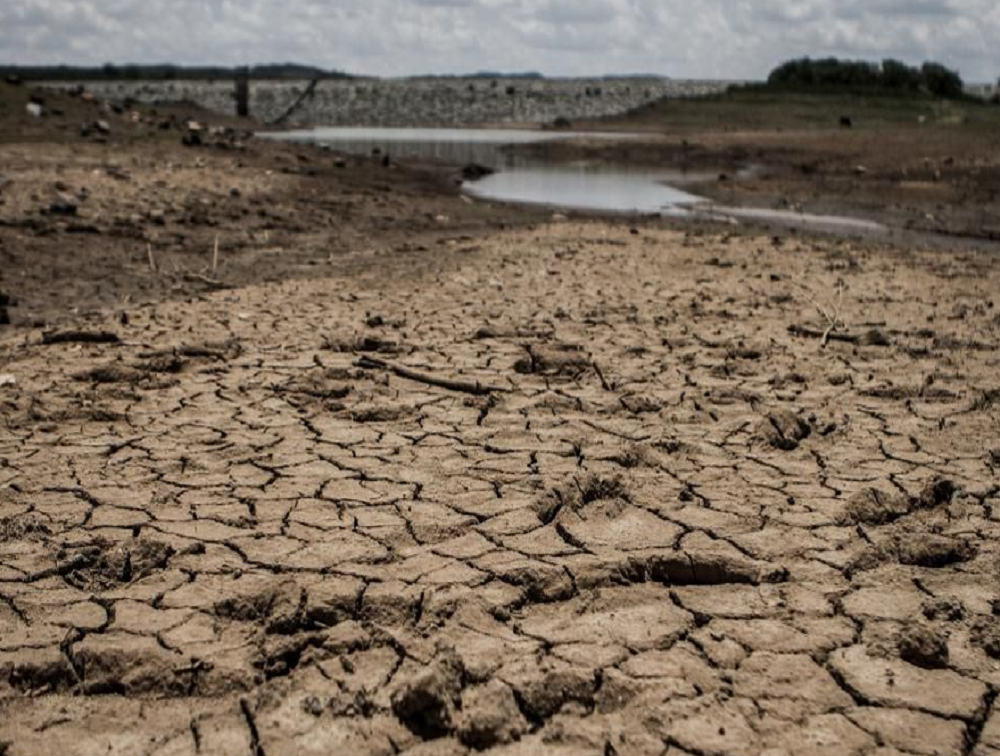
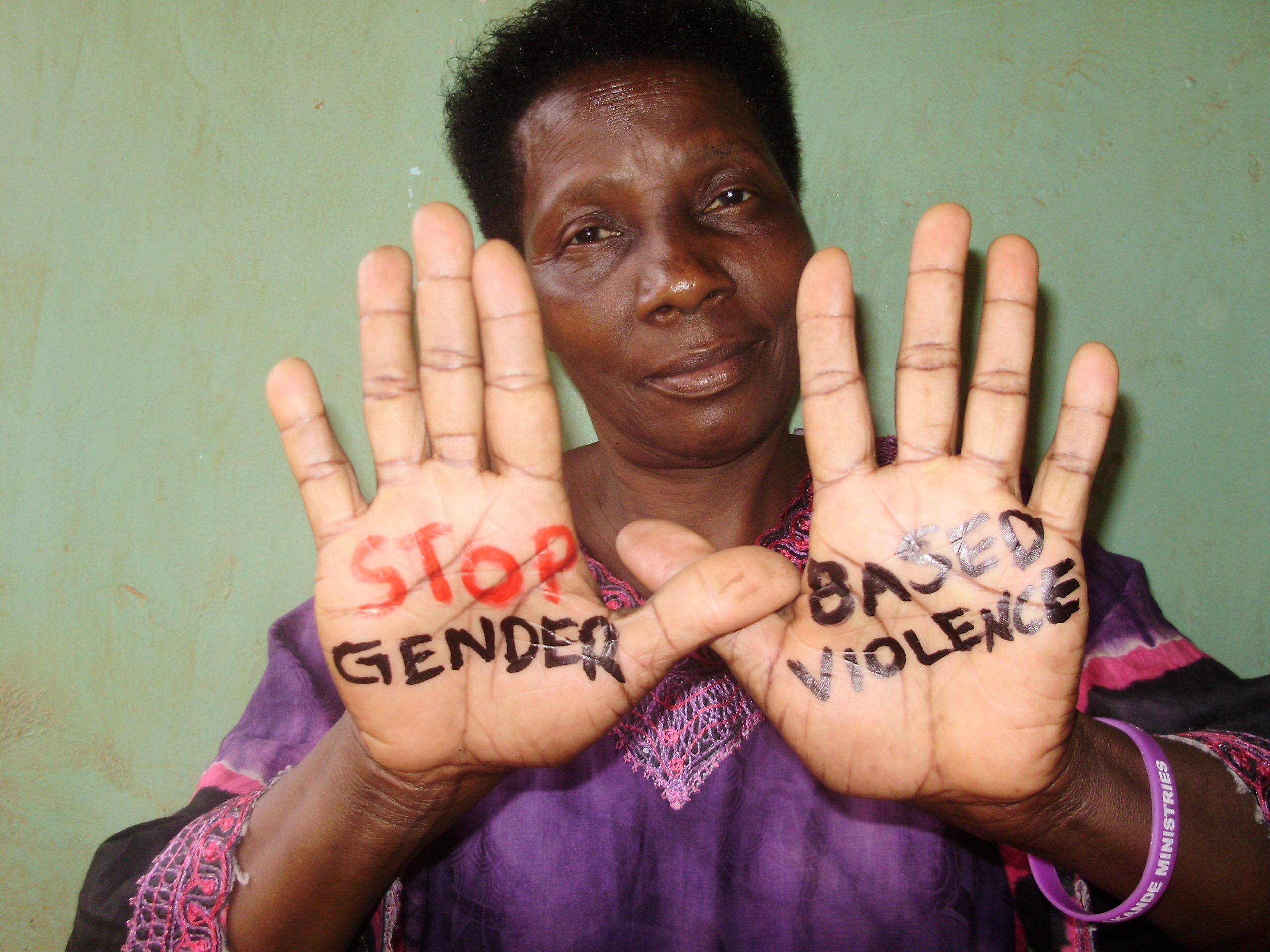


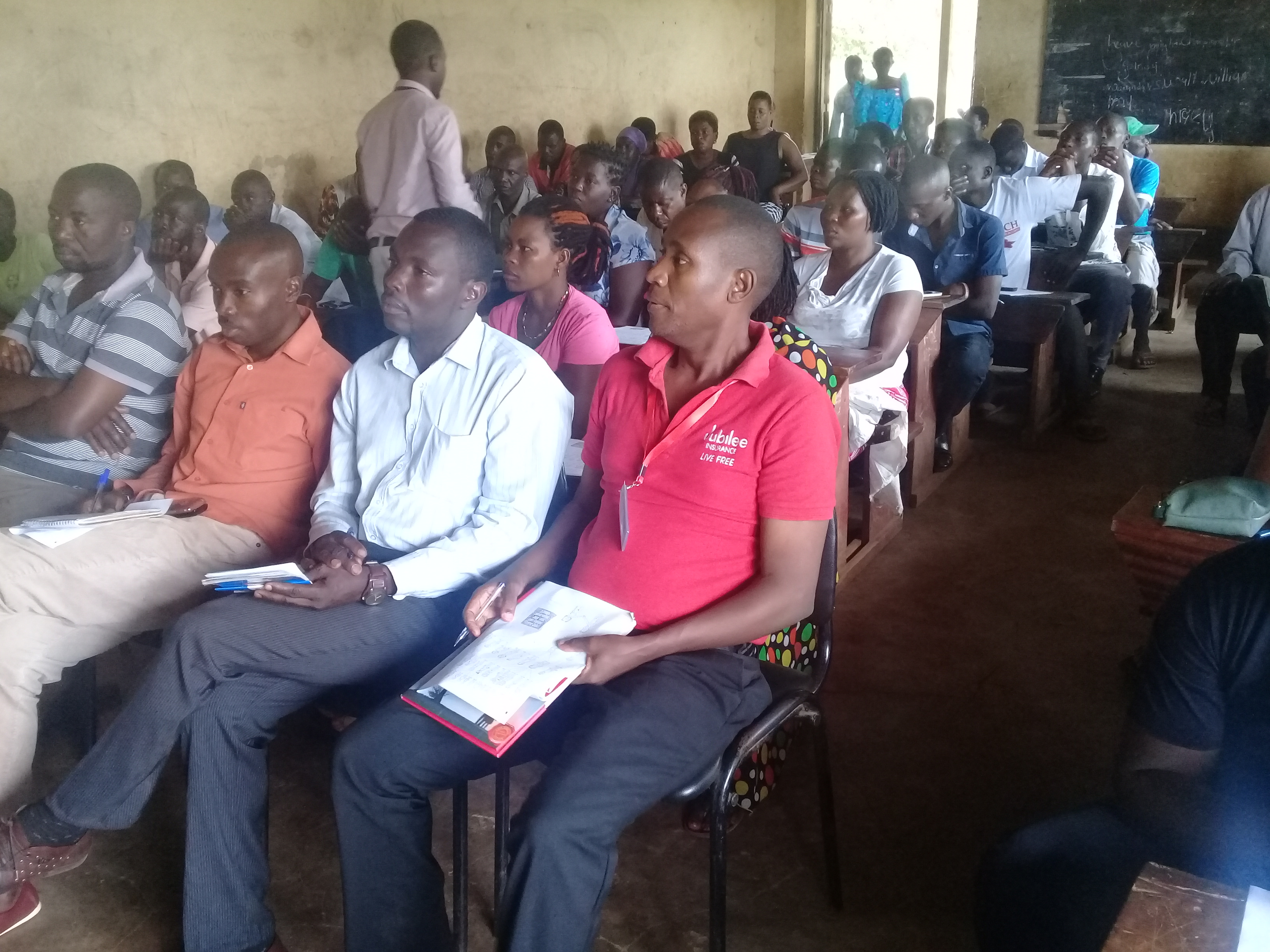
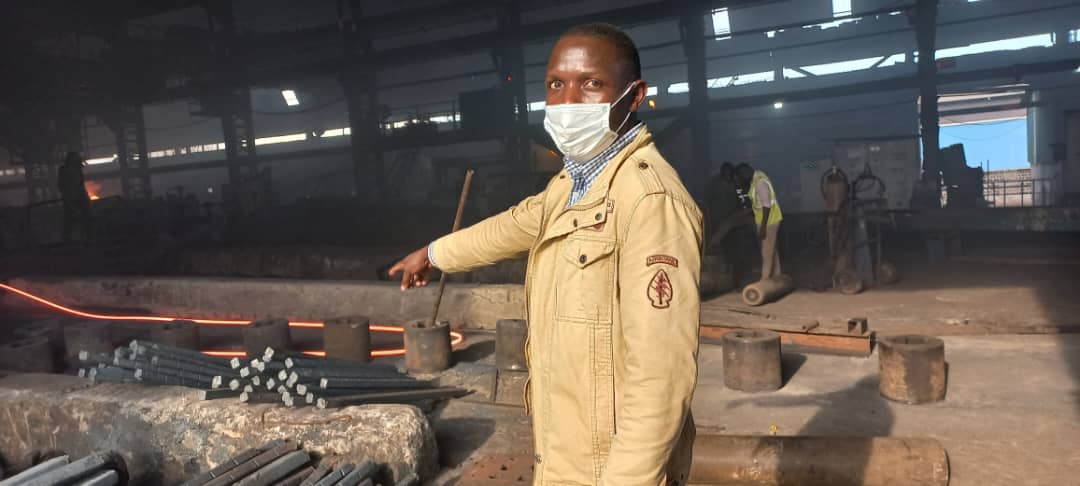

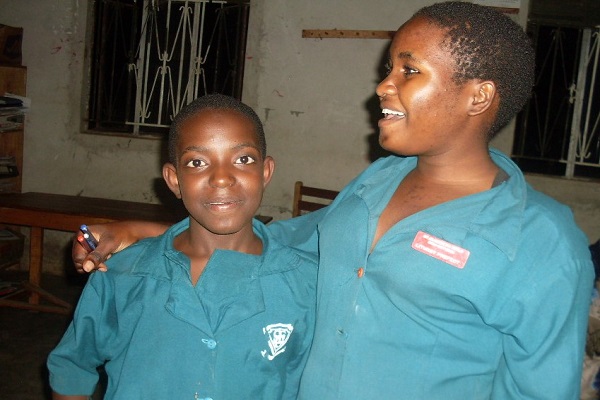
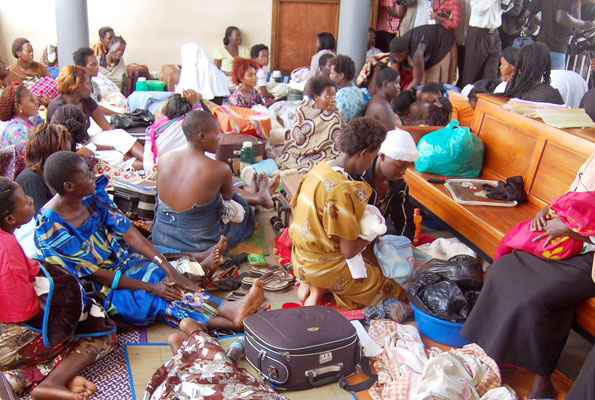
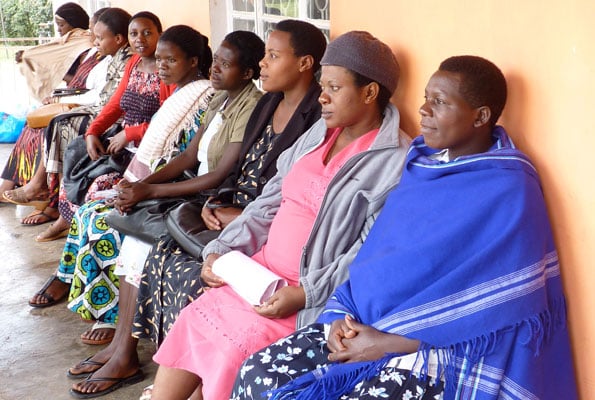
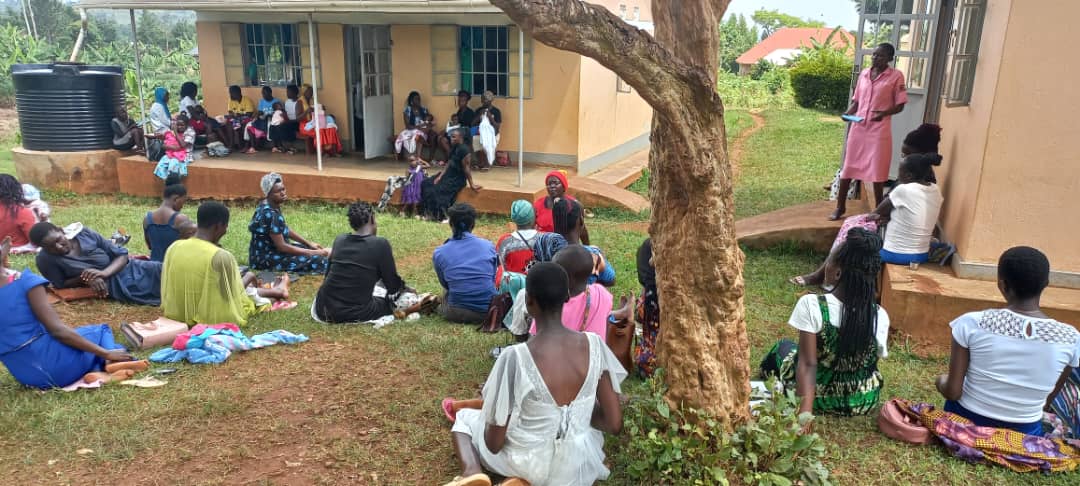
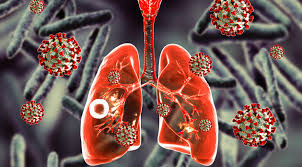
Comments